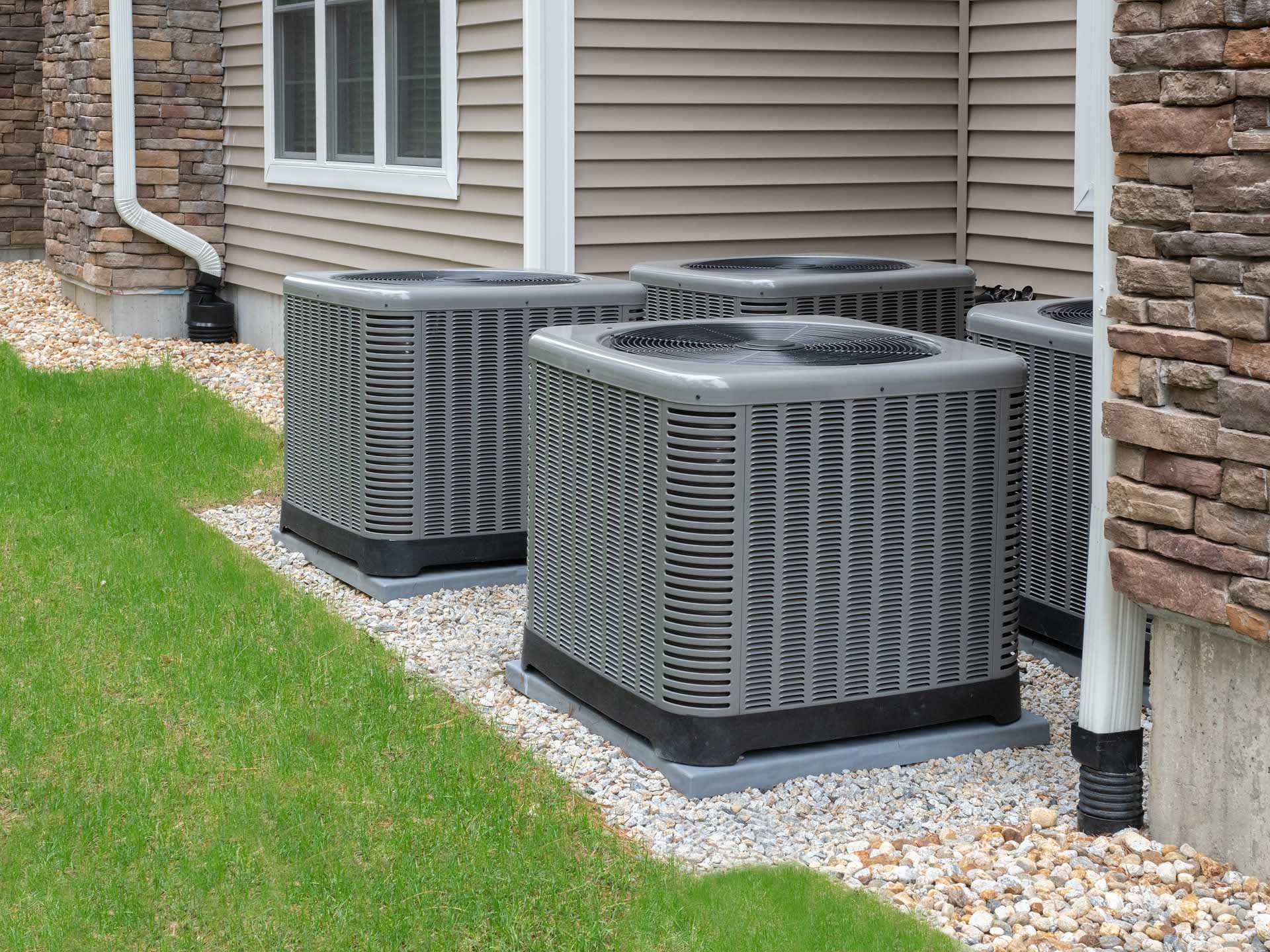An important application of thermodynamic cycle analysis is to understand and design systems that provide for human comfort, for production of low temperatures for purposes such as food storage, gas liquefaction, and other cryogenic applications.
It is possible to use a cycle to transfer heat from a low temperature to a high temperature reservoir by using net work input to the cycle. Such a cycle can be used for heat transfer from the low-temperature reservoir, and these cycles are then called refrigeration cycles. If heat transfer to the high temperature reservoir is the purpose, then the cycle is called a heat pump.
Various cycles can be used for these purposes. Any heat engine cycle made up of reversible processes can be used by simply reversing the direction of the cycle. Thus, reverse Carnot, Stirling and Brayton gas cycles can be used for refrigeration or as heat pumps. The most common cycle used for air conditioning or as a heat pump is called the vapor compression cycle. It is somewhat analogous to a reverse Rankine cycle, and we will concentrate on analysis of that cycle in this chapter.
In Chapters 9 and 10 gas and vapor power cycles were introduced. In this chapter, refrigeration cycles are presented. The most common refrigeration cycle is the vapor-compression cycle, which is used to provide cooling in refrigerators and air-conditioners, and heating in heat pumps.
We are all familiar with the benefits that refrigerators have brought to our everyday lives for the preservation of food and the cooling of our favorite beverage. Air-conditioning has allowed people to live in extremely hot places comfortably and offers a cool respite from the heat during the summer in much of the world. In moderate climates, heat pumps are a highly efficient space heating technology, requiring significantly less energy to operate than electric resistance heaters. Heating and cooling technologies based on the vapor-compression cycle have become so integral to our society that we now take them for granted.
While the application of the vapor-compression cycle has provided many benefits to our society, it has also brought challenges. A large fraction of the electricity in the United States is used to power refrigerators, air-conditioners and heat pumps. To meet the large electricity demand caused by air-conditioners during hot summer afternoons, electricity generators must often bring online (i.e., turn on) inefficient and expensive power generating units. During these same times, electricity suppliers must control the demand for electricity by turning off power to select customers or, in extreme cases, implementing rolling blackouts where electricity is turned off to entire areas.
 Until the early 1990s, the most popular refrigerant (i.e., working fluid) in vapor-compression cycles was R-12 (CCl2F2). However, the chlorine in R-12 was found to destroy the earth’s protective ozone layer when released into the atmosphere. Consequently, international agreements were established to phase out the production of R-12, replacing it with chlorine-free refrigerants, such as R-134a (CF3CH2F).
Until the early 1990s, the most popular refrigerant (i.e., working fluid) in vapor-compression cycles was R-12 (CCl2F2). However, the chlorine in R-12 was found to destroy the earth’s protective ozone layer when released into the atmosphere. Consequently, international agreements were established to phase out the production of R-12, replacing it with chlorine-free refrigerants, such as R-134a (CF3CH2F).
However, R-134a is still a powerful greenhouse gas, with a global warming potential (GWP) of 1,430. R-134a was consequently banned from use in the European Union, starting with cars in 2011, by a directive of 2006 banning gases in air conditioning systems with a GWP above 100. One replacement for R-134a is R-1234yf, with a GWP of less than 1. Its first use has been in automobile air conditioners, since these are considered especially “leaky” systems. As of 2018, 50% of new vehicles from original equipment manufacturers (OEMs) are estimated to use R-1234yf. Its use is not without controversy, as R-1234yf is flammable in some circumstances.
The current engineering challenge is to continue to develop the vapor-compression cycle and other cooling and heating technologies to further improve our quality of life, while simultaneously reducing these technologies’ impact on the environment.
